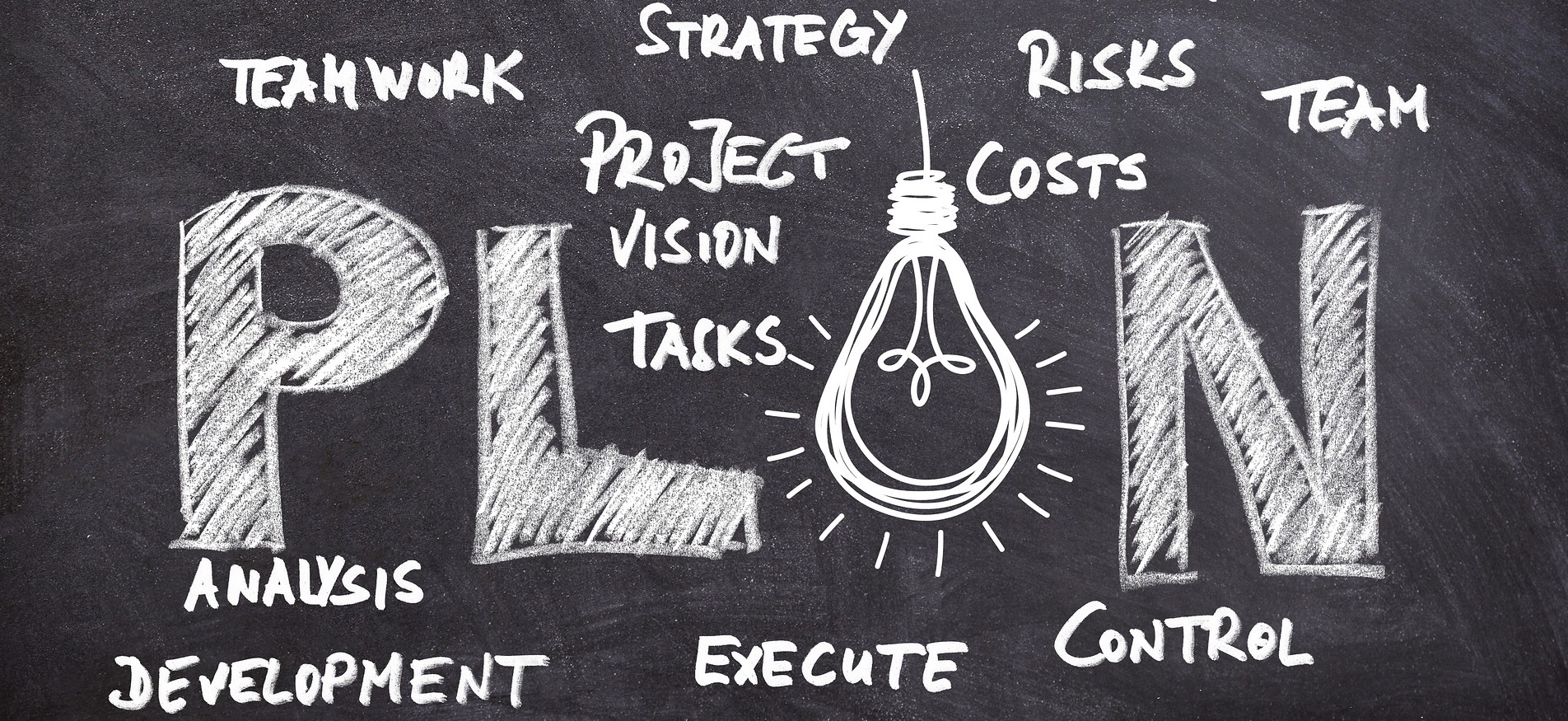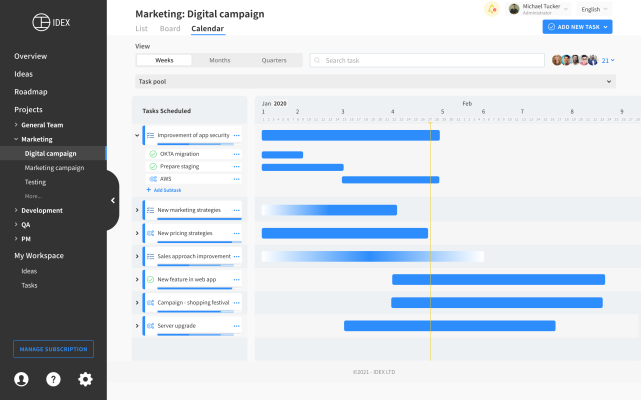Project Planning Part 2: the Proejct Plan

As discussed in our previous article, there are three major things being figured out in the project planning phase: the schedule, the budget, and the risk management plan. In this article, we will focus on the first part, the schedule, or the project plan.
A project plan typically includes tasks, milestones, people, documentation, and time. At the center of the project plan is the project schedule. A project schedule is the estimated time that will be spent on the project. It includes dates on which tasks should be started and completed and the dates when you hope to reach various milestones. It also includes the start and end dates of the project, which are important in determining which resources you'll need and when you'll need them.
The project schedule can help you estimate the amount of time it'll take to complete the project, and it can provide the team with a way to track the project's progress against the goals.
But, how can you make realistic time estimates?
Time estimation and effort estimation
There are two types of estimations: time estimation, that is, a prediction of the total amount of time required to complete a task, and effort estimation, a prediction of the amount and difficulty of active work required to complete a task. Effort estimation differs from time estimation in that effort quantifies the amount of time it will take a person to complete work on a task. And time estimation, on the other hand, refers to the overall duration of the task from start to finish. That includes inactive time.
Adding buffer
An unrealistic effort estimate can negatively impact a project schedule. To minimize the impact of inaccurate effort estimates, you can add a buffer, extra time added to the end of a task or a project to account for unexpected slowdowns or delays in work progress.
There are two types of buffers you can use when planning your schedule: task buffers and project buffers. Task buffers refer to extra time tacked on to a specific task. It should be used primarily for tasks that are out of the project team's control. Adding a buffer to every task could lengthen your project schedule unnecessarily, leaving you, your team, and your stakeholders with an unrealistic timeline. Project buffers provide extra time to the overall project schedule, it is added towards the end of the project schedule. Then you can use that extra time, two to three days, for example, as needed throughout the project.
Capacity planning
Capacity planning helps you determine if you have the right number of people to get the work done. Capacity planning refers to the act of allocating people, and resources to project tasks, and determining whether or not you have the necessary resources required to complete the work on time.
Critical path
A person can only do so much, so how do you decide where a teammate should focus their priorities, and make the most of their capacity? You can prioritize their time by plotting the critical path of your project timeline. The critical path refers to the list of project milestones that you must reach in order to meet the project goal on schedule, as well as the mandatory tasks that contribute to the completion of each milestone.
To determine the critical path of a project, you'd start by listing all the tasks required to complete the project and the milestones they feed into. Then, you determine which tasks on the list absolutely can't begin until another task is complete. Next, you'll work with your team to make time estimates for each task, and map each task from start to finish. The longest path is your critical path.
Getting accurate time estimates from your team
Your teammates are the ones who are actually doing the work, and they are also the ones who know the best on how much time it takes to complete the tasks. To find out the most accurate estimate from your team, you will need to use soft skills such as asking the right questions, negotiating effectively, and practicing empathy.
You'll want to be certain that you're asking effective, open-ended questions that lead to the answers you're seeking. Instead of asking “Can you get the website mockup done in two weeks?”, ask “How long do you think you can get the website mockup done?”. By negotiating effectively with your teammates, you can create a sense of shared ownership over the project outcomes and create a schedule that aligns with everyone's workload. When you're discussing estimates with the team, you might practice empathy by asking each person about their workload, scheduled vacation, or holidays in which they won't be working.
Building a project schedule
There are many helpful tools that you can use to create a project schedule, but let's focus on one that is widely used called Gantt chart. A Gantt chart is a horizontal bar chart that maps out a project schedule. It's a highly visual representation of a project's tasks with clear breakdowns of who's responsible for the work and when those tasks are due.

The calendar view we provide at IDEX project management software is a highly visualized Gantt chart, with color coded bars to indicate project, task, or subtask duration, and weekly, monthly, and quarterly views to help you focus on the current progress, or zoom out to have an overview.
Project plan best practices
We have summarized the five best practices for building a great project plan that will remain useful throughout the execution and closing phases of your project. Here it goes:
- Ensuring careful review of project deliverables, milestones, and tasks;
- Giving yourself time to plan:project planning is a time-intensive process, especially for larger projects with multiple deliverables. Planning gives you and your team some time to think realistically about what your team can and cannot accomplish within a certain time frame;
- Recognizing and planning for the inevitable:you can't plan for every problem, but the team can identify the risks that will most likely occur and create plans to prevent or mitigate those risks. (We will talk more on how to create a risk management plan in one of our future articles, stay tuned!);
- Staying curious:get as much as information as you can from your stakeholders and team members, don’t be afraid to ask;
- Championing your plan:to achieve buy-in from your teammates and stakeholders on your project plan, champion it! Tell your team why it benefits them to stay on top of the plan.
 Previous ArticleNext Article
Previous ArticleNext Article 


